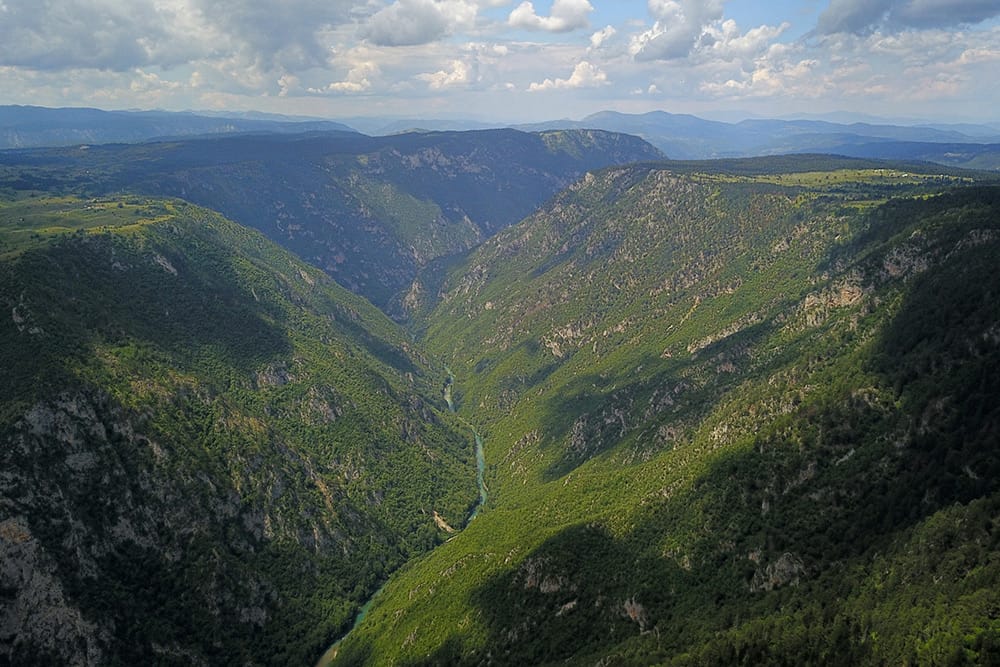The entire course of the Tara River through Bosnia and Herzegovina (BiH) up to its confluence with the Drina River was declared a protected area. By the decision of the Government of Republika Srpska (RS) in mid-July of this year, the Tara canyon was declared the 32nd protected area in this entity.
The protection of the Tara River was initiated by the RS Institute for the Protection of the Cultural, Historical, and Natural Heritage, which also prepared the Study on its Protection.
Dragan Kovačević from the Institute says that the forests in the canyon are habitats for bears, wolves, and chamois. Even traces of the lynx, a wild cat that is almost extinct in these areas, were found, he adds. In addition to the flora and fauna, this protected area is also characterized by cultural and historical values, which is why it is classified in the Category V protected landscape as a nature park.
Don't want to miss our stories?
Sign up for our newsletter.
Don't want to miss our stories?
Sign up for our newsletter.
Protected landscapes are areas with a recognizable appearance and significant natural, biological-ecological, aesthetic, and cultural-historical values that have developed over time as a result of the interaction of nature, the natural potential of the area, and the traditional way of life of the local population.
“Houses that were built in the 20s and 30s of the last century. These villages remained completely authentic (…). It is a completely different world from what we see and experience,” says Kovačević.
The Tara River is formed by the confluence of the Opasnica and Veruša rivers at the foot of the Komovi mountain in Montenegro. The Tara river canyon is the deepest in Europe and is about 80 kilometers long. In some places, it is up to a kilometer high.
The new protected area is located on the territory of the municipality of Foča. The forest farm “Maglić” from this town was appointed as the manager. The manager is obliged to draw up a Management Plan for this protected area within two years, and a Provisional Plan within one year. The purpose of these documents is to manage the protected area in a planned manner and to carry out regular monitoring of the further preservation of the protected nature.
In this protected area, the protection regimes of the second and third degrees of protection are in force. This includes the prohibition of destroying or disturbing plant and animal life, cutting down forests, building hydropower facilities, and other types of exploitation that can damage the ecosystem.
The decision declaring the Tara River canyon a protected area allows the marking of trails and the installation of information boards about the protected area. Scientific research and educational works, tourist visits, and limited harvesting of mushrooms and forest fruits are also allowed.
This is the 44th protected area in BiH, while Hutovo blato, Livanjsko polje, and Bardača are protected by the International Convention on the Protection of Wetlands.
Kovačević says that the protection of four more areas in the RS is planned by the end of the year.
In 2020, CIN created a database of protected areas in Bosnia and Herzegovina. The database shows all protected areas in the country, with their basic data and photos.
In 2020, CIN wrote that despite being placed under protection, protected areas are threatened by uncontrolled exploitation, and private interests, but also by the neglect of competent institutions.









